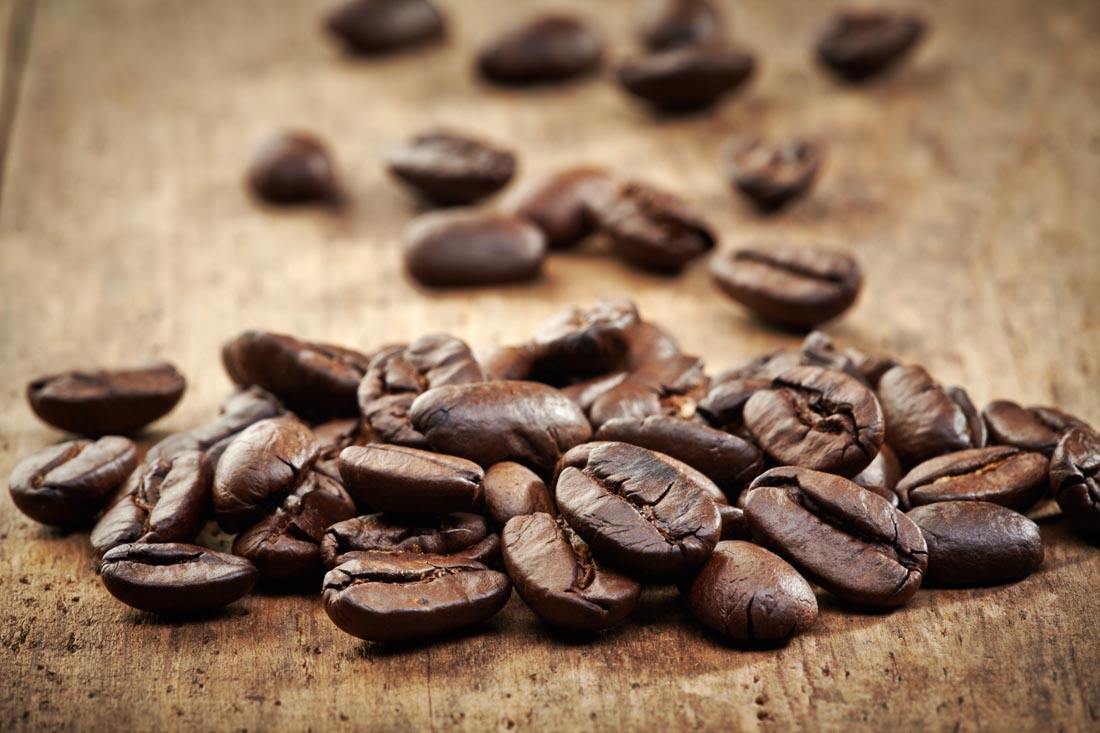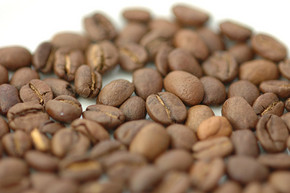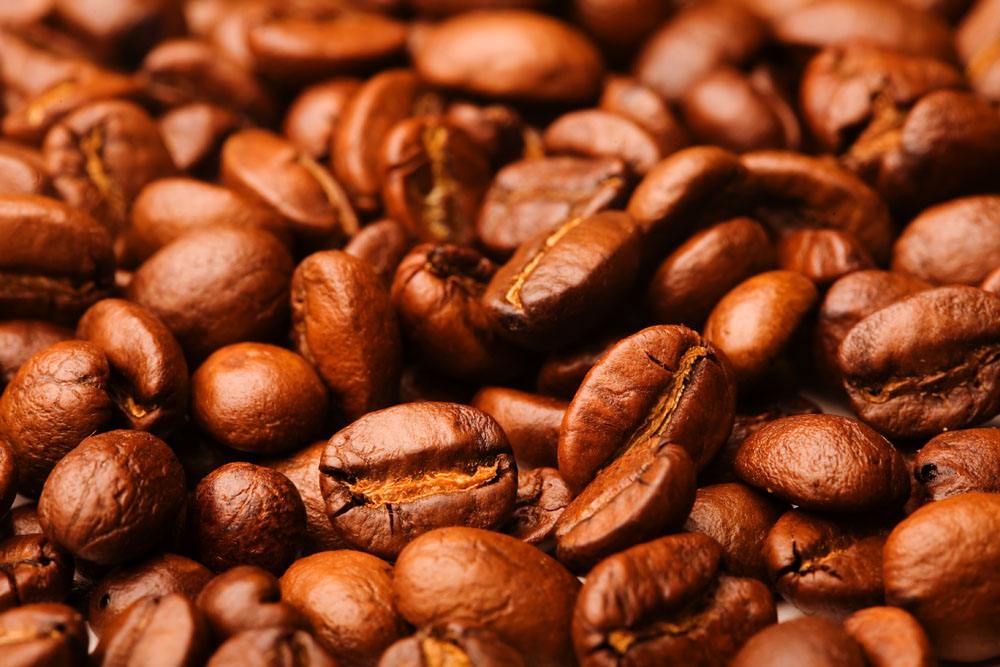Flavor characteristics of Costa Rican coffee
Follow the caf é (Wechat official account vdailycom) and found that Beautiful Cafe opened a small shop of its own.
Fine coffee in Costa Rica is usually produced around the capital, San Jose, or in small towns near Eredia and Alagira.
In Costa Rica, the bags of its coffee beans are usually marked by the areas where the beans are produced, such as Tarasu, Dutta, San Marks and so on. In addition, there are also those who use the name of the owner, such as FJO Saatchi, which directly puts its own company's name on the coffee bean bags it produces.

For some experts, black coffee is more attractive than coffee brewed in other ways. In the opinion of Fuligao coffee experts, sometimes the strongest acidity coffee with a small amount of milk or cheese, will also have an excellent mild taste.
"strong fragrance" is one of the characteristics of Costa Rican coffee, and the cup is "clean" and pure. The mellowness of Costa Rican coffee always makes people feel that it is relatively thin, but when you have a mouthful of coffee in your mouth, you will find that its taste is so strong.
Coffee is an important economic source of Costa Rica. It was introduced in 1808 and has been cultivated for 200 years. Costa Rica has 1x3 population invested in the newly developed villa sarchi coffee-related industries. Colombians say that coffee has changed the country and enjoyed a rich environment, and coffee has indeed made an outstanding contribution. Although Costa Rica ranks third from the bottom in terms of land area in China and the United States, its economic environment is better than that of half of the countries. due to the affluence of its people, social stability and the ability to care about environmental issues, there are more than 30 national parks in Colombia.
Coffee was introduced into Costa Rica from Cuba in 1729. Today, its coffee industry is one of the well-organized industries in the world, with a yield of 1700 kg per hectare. Costa Rica has only 3.5 million people but 400m coffee trees, and coffee exports account for 25 per cent of the country's total exports. Costa Rica's volcanic soil is very fertile and well drained, especially in the central plateau CentralPlateau, where the soil consists of successive layers of ash and dust. Costa Rica was therefore the first country in Central America to grow coffee and bananas for commercial value. Coffee and bananas are the country's main exports.
Important Notice :
前街咖啡 FrontStreet Coffee has moved to new addredd:
FrontStreet Coffee Address: 315,Donghua East Road,GuangZhou
Tel:020 38364473
- Prev

Costa Rican coffee bean production area altitude taste flavor grading system what is hard bean extremely hard bean?
Following Cafe (official Wechat account vdailycom) found that Fairview Cafe opened a small shop of its own Costa Rica and Guatemala are legendary places to produce the most perfect and quality coffee, and Costa Rican coffee has a reputation as Switzerland among the coffee-producing countries. The coffee produced in Costa Rica is known for its strict quality, and inferior or inferior goods are often discarded. Because of my brother
- Next

Planting patterns in the field of caffeine producing areas in Costa Rica
Following Cafe (official Wechat account vdailycom) found that Costa Rica is located in the volcanic belt of the low latitudes of Central America, with an elevation of about 800 to 2000 meters above sea level in the central plateau and mountains. The climate here has two obvious dry and wet seasons. The harvest period is from November to March of the following year, which coincides with the dry season, and coffee with high quality and consistent maturity can be harvested.
Related
- Detailed explanation of Jadeite planting Land in Panamanian Jadeite Manor introduction to the grading system of Jadeite competitive bidding, Red bid, Green bid and Rose Summer
- Story of Coffee planting in Brenka region of Costa Rica Stonehenge Manor anaerobic heavy honey treatment of flavor mouth
- What's on the barrel of Blue Mountain Coffee beans?
- Can American coffee also pull flowers? How to use hot American style to pull out a good-looking pattern?
- Can you make a cold extract with coffee beans? What is the right proportion for cold-extracted coffee formula?
- Indonesian PWN Gold Mandrine Coffee Origin Features Flavor How to Chong? Mandolin coffee is American.
- A brief introduction to the flavor characteristics of Brazilian yellow bourbon coffee beans
- What is the effect of different water quality on the flavor of cold-extracted coffee? What kind of water is best for brewing coffee?
- Why do you think of Rose Summer whenever you mention Panamanian coffee?
- Introduction to the characteristics of authentic blue mountain coffee bean producing areas? What is the CIB Coffee Authority in Jamaica?

